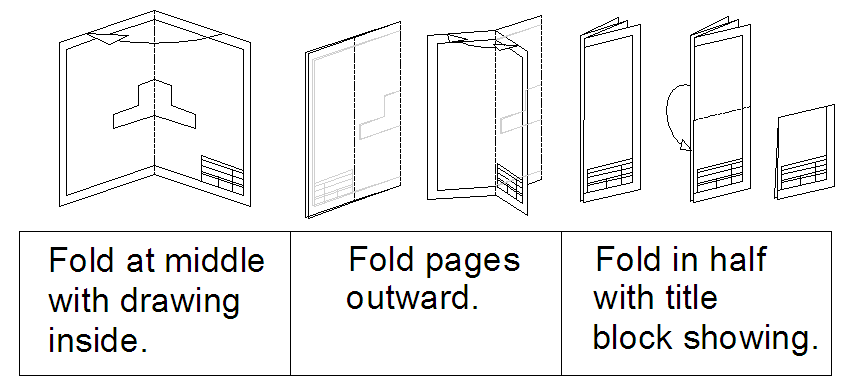High quality paper used to be essential to producing professional engineering drawings. Today, engineering drawing are usually just printed on bond paper (if they are printed at all). Bond paper is the type of paper you are probably most familiar with. It is commonly used as “printer paper.” Some companies have gone to a “paperless” policy, only allowing access to electronic documents. This prevents accidentally using a print that is out of date.
Historically, drafting paper had to be transparent because reproduction methods worked by shining light through the drawing. Today this is less important. Two types of paper that were used were vellum and Mylar®. Vellum is a vegetable-based thin tracing paper, and Mylar® is brand name of a polyester film.
In the United States, paper is sizes are indicated by a letter designation. These sizes are standardized by ANSI (American National Standards Institute). Size “A” or “A size” paper is 8.5 by 11.0 inches. All of the other sizes can be folded town to this approximate dimension.

Drawings should be folded in such a way that they can easily be read without having to unfold the entire sheet. Below is an illustration of the customary folding method for D size paper. Other paper sizes are folded in a similar manner.



Recent Comments